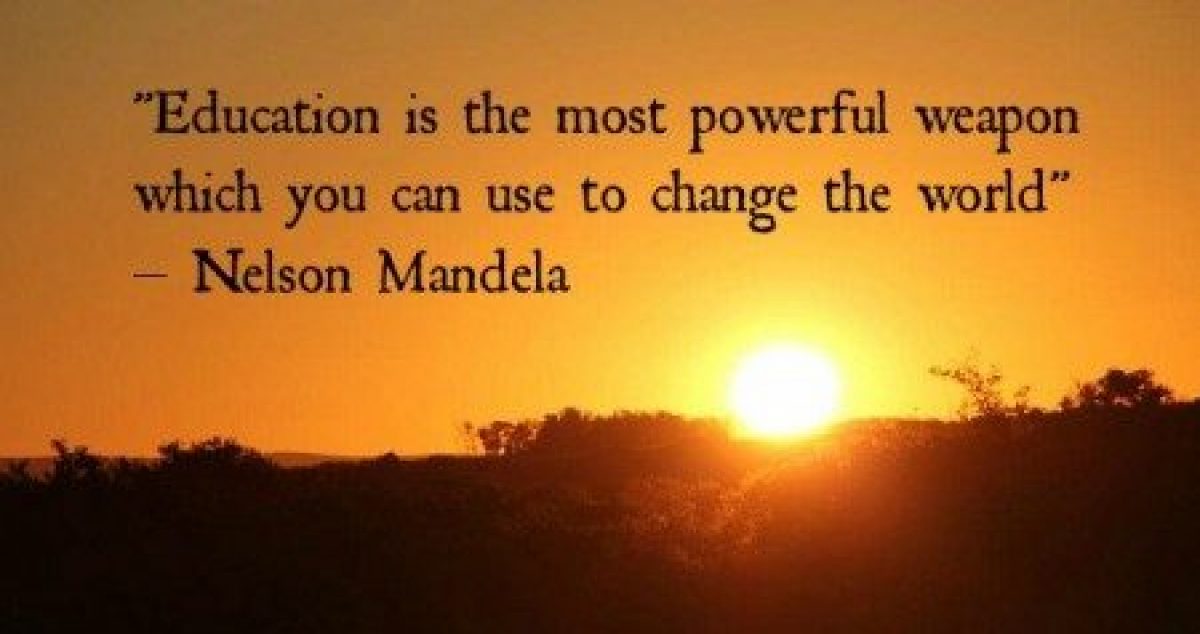This week’s class started with us learning how to make music on the computer. We used an application on the computer called ‘Garage Band’ to create a backing track of music. Before beginning this class, I was slightly apprehensive as music is not my strong point, and i sometimes struggle with the terminology. However, I was also very excited and intrigued to how we could create a piece of music online. We began this workshop, by our lecturer demonstrating how to use ‘Garage Band’ we were then given the chance to have a go ourselves.
We were also given the chance to create a sound effect track for a short video clip. This part of the task was a lot of fun, enjoyable and engaging. It was very interesting and developed my knowledge of music more and more. I was very proud of what I created by the end of the workshop.
Through using this resource myself in today’s workshop, I considered the ways this could be implemented into the classroom and the skills and possibilities it can give the pupils. The children would have the opportunity to create their own music tracks and explore the different sounds of music. This kind of activity offers children many opportunities to explore the arts and make connections with other curricular subjects such as literacy, drama and dance. By doing an activity like this, it opened my eyes that we can teach music by using modern day technology to create a piece of music. It showed me that, to teach music we don’t always need to use instruments, digital music also is a resource that children can explore and create music in a different creative way.
The second workshop of the day was our visual arts class. In this workshop we were meant to be looking at how we can extend an art activity. We were going to use our Windows in the West print, create a black and white photocopy and then create a pen drawing extending from the original print image. Prior to this class, we were asked to read “Room 13: The Movement and International Network” by Claire Gibb. This initiative demonstrates the importance and excellent ways that from children given the opportunity to be responsible and independent artists. From reading this article, it highlighted to me the importance that as teachers children need to be treated equally and with respect. We need to give the children the independence they need to grow and flourish into young individuals.
Although, when it came to this workshop our lecturer actually asked me and my classmate if we could teach our fellow peers what we learned the previous week as they were off sick. This was a great learning and teaching opportunity for myself and it was a very interesting and exciting learning experience. We had to demonstrate what we previously learned and give assistance if it was needed. It gave me an insight into how to teach an art lesson, at times i did find it difficult to explain what we were doing but i think i eventually got the hang of it.
References:
Gibb, C. (2012) Room 13: The Movement and International Network [Online] Available: http://moodle.uws.ac.uk/pluginfile.php/109358/mod_resource/content/1/Room%2013-%20Claire%20Gibb.pdf [Accessed 8th October 2017]






